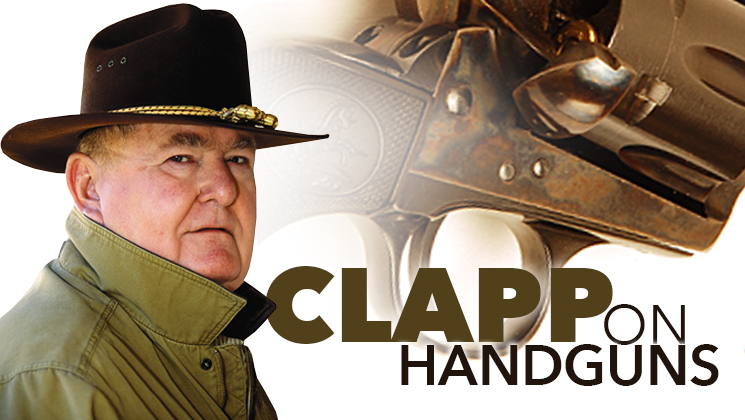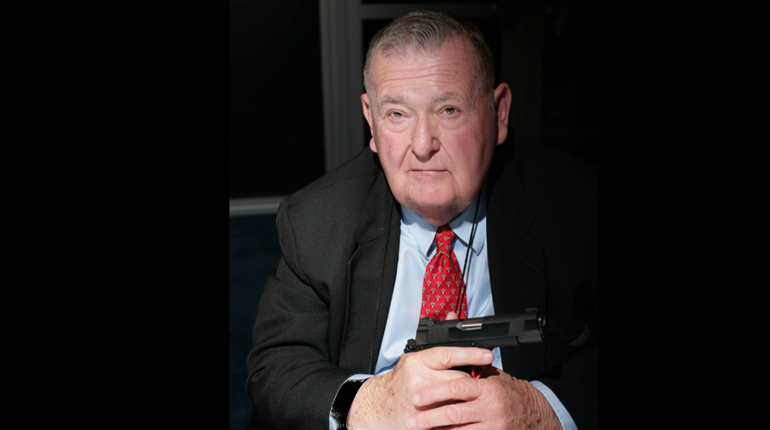
I understand the reasons why this cartridge was originally designed. But I can't begin to understand why the round took the form that it did. It's called the 5.5 mm Velo Dog and it was designed in France before the 19th Century rolled over into the 20th. Imagine a straight-sided revolver cartridge case about the length of a .38 Spl., with a typical, but rather wide rim. The bullet was a .22, actually measuring about .225 inches in diameter and weighing (I think) about 30 to 35 grains. Fired from several brands of compact French, Belgian or German revolvers, the 5.5 mm Velo Dog delivered performance much like a rimfire .22 Long (not Long Rifle). Bicyclists of that Victorian era were apparently so troubled by pursuing dogs that this cartridge and the guns that fired it were the result. They just couldn't forgive Woofy and his canine indiscretions. And that's where the name came from: “Velo” is an abbreviated form of the French word for bicycle, so it is literally “bicyclist's dog gun.” In view of the annual billions of dollars currently spent on dogs, dog food and dog care, it's hard to envision a time when we deliberately produced a specialized gun/cartridge combo with which to shoot them. But it happened.
It is even more curious why the round was designed as it was—a long, skinny centerfire cartridge. The rim diameter on the 5.5 mm was, according to Frank Barnes' “Cartridges of the World,” about .308-inch. There's enough room for a small pistol primer pocket in that circle, but not a lot of excess metal outside of it. You'd think that the .22 Long or Long Rifle, both rimfires, would be a better way to go, but who knows? Many of the little revolvers still exist and some of them are very well-made little wheel guns with neat features like folding triggers, DAO actions, internal hammers and even manual safeties. The current production mini-revolvers from North American Arms are reminiscent of the Velo Dogs of yesteryear. Obviously, the guns are long gone, but the ammo was once loaded by the big American companies and only recently removed from the production list at Fiocchi. There's one final point to look at in the odd history of this strange little round. Ol' Charlie Askins took a Velo Dog revolver off of a contrabandista one night outside of El Paso. The ammo in that gun was his introduction to the Velo Dog concept. It was this round that served as the parent cartridge for his .221 Askins, a rule-beating bullseye wildcat that got him in trouble with his boss, but made cartridge history in the process.

















![Winchester Comm[94]](/media/1mleusmd/winchester-comm-94.jpg?anchor=center&mode=crop&width=770&height=430&rnd=134090756537800000&quality=60)
![Winchester Comm[94]](/media/1mleusmd/winchester-comm-94.jpg?anchor=center&mode=crop&width=150&height=150&rnd=134090756537800000&quality=60)


















